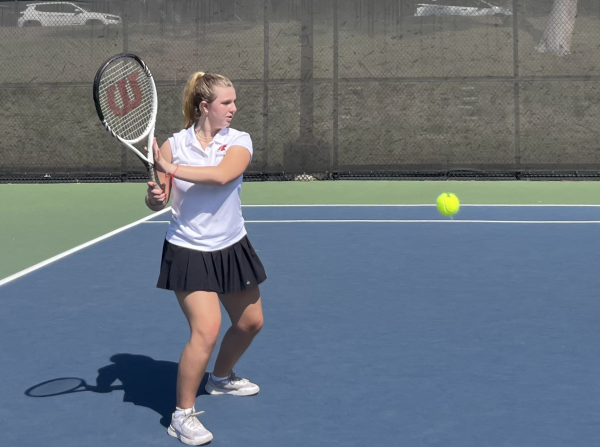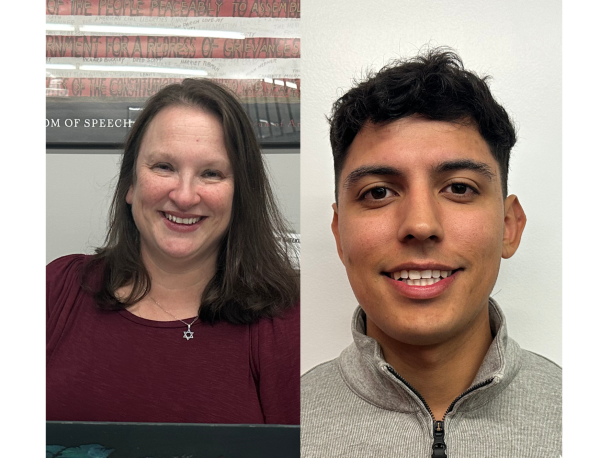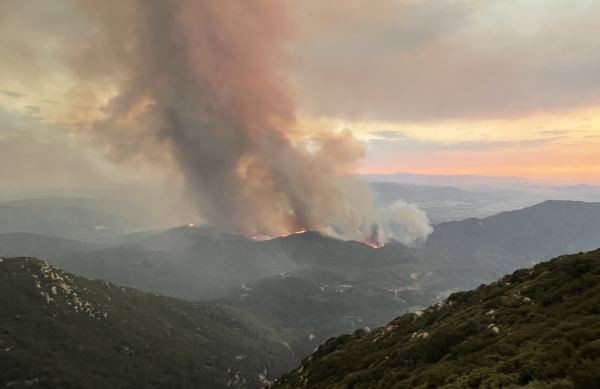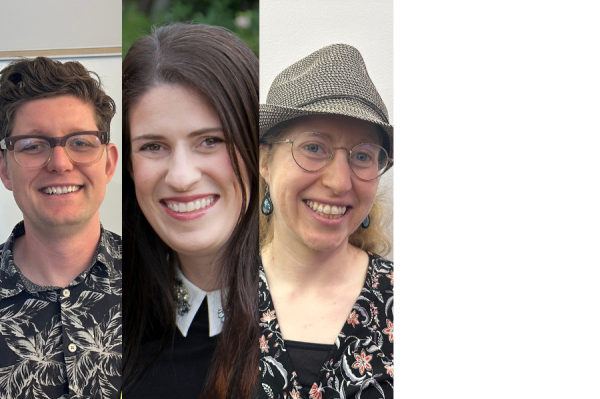Safety is everyone’s responsibility
September 13, 2015
You’re parked on Barrows Drive and it’s two minutes before class. You make some mental calculations: it would take four minutes to run up to Fairfax and cross at the light, or it would take one minute to simply dash across the street while traffic is stopped. It’s clear which one is faster, but it’s also clear which one is right.
According to the National Safety Council, jaywalking accounts for approximately 6,000 pedestrian accidents each year. As pedestrians, we have a legal and moral obligation to follow traffic signs and laws set by the government to ensure our own safety and the safety of others.
Everyone should take caution and be incredibly aware of their surroundings. Drivers hit pedestrians not only because they’re drunk or on their phone, but also because of simple carelessness and lack of caution. All of us who drive — and who distract drivers – can do better.
Additionally, Los Angeles, Beverly Hills and other local governments must enforce all rules and act to protect pedestrians, especially in the most hazardous areas. A Los Angeles Times study last summer ranked the worst 817 intersections according to how precarious they are. Several problem corners are located in the vicinity of Shalhevet, the worst being Pico and Wooster, ranked number 19. Cities must identify these places and use state-of- the-art technology and best practices to prevent further accidents from happening there.
But we must recognize that the city can only do so much and, therefore, a lot of the responsibility lies in our hands. Traffic laws are set in place to form an organized system for pedestrians and drivers to coexist in harmony. In other terms, for the common good. The system manifests itself in stop signs, traffic lights, and walking signals. Drivers must trust that pedestrians will obey these traffic laws and vise versa.
This past summer, a member of our community was seriously injured at an intersection ranked number 316. It was one accident too many. All of us — walkers, drivers, elected representatives and those of us who vote for them — have a part to play in preventing the next one.












